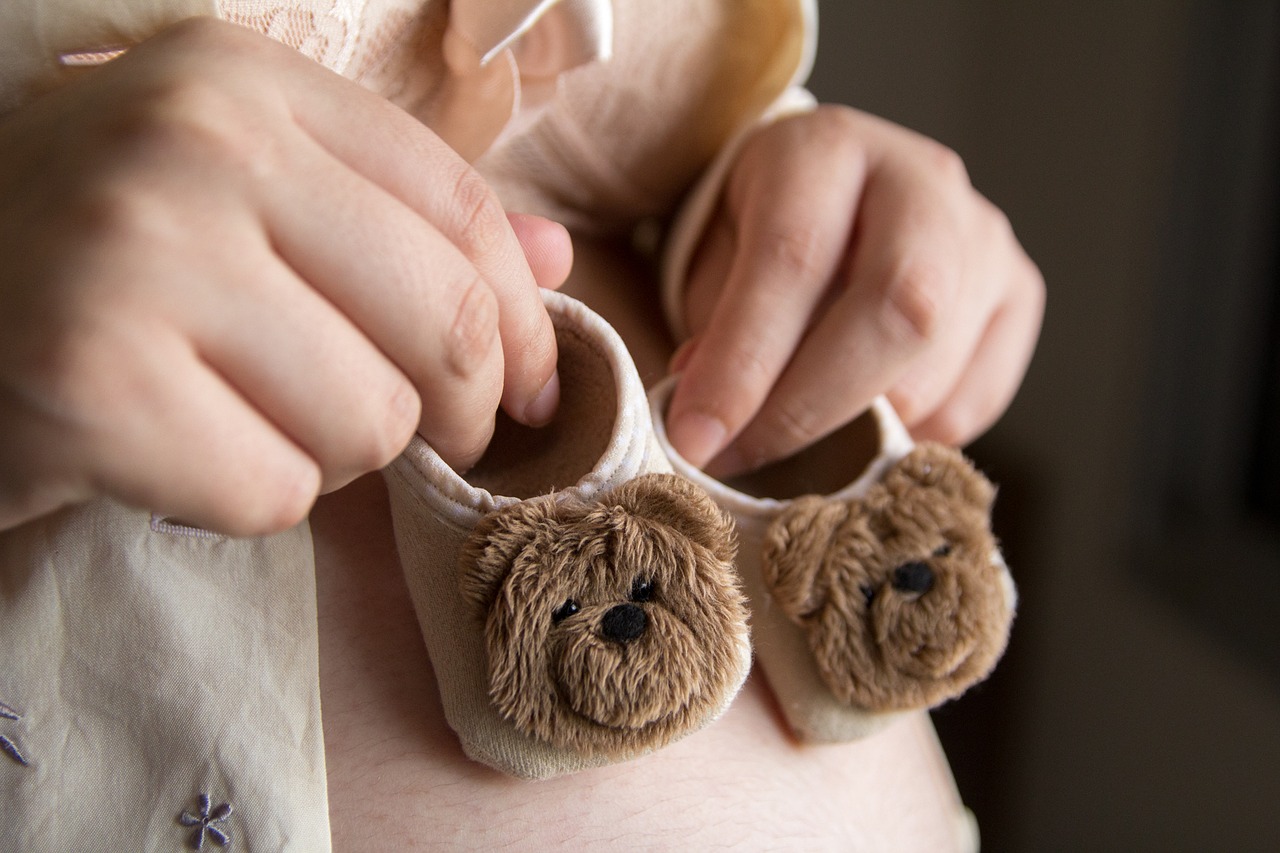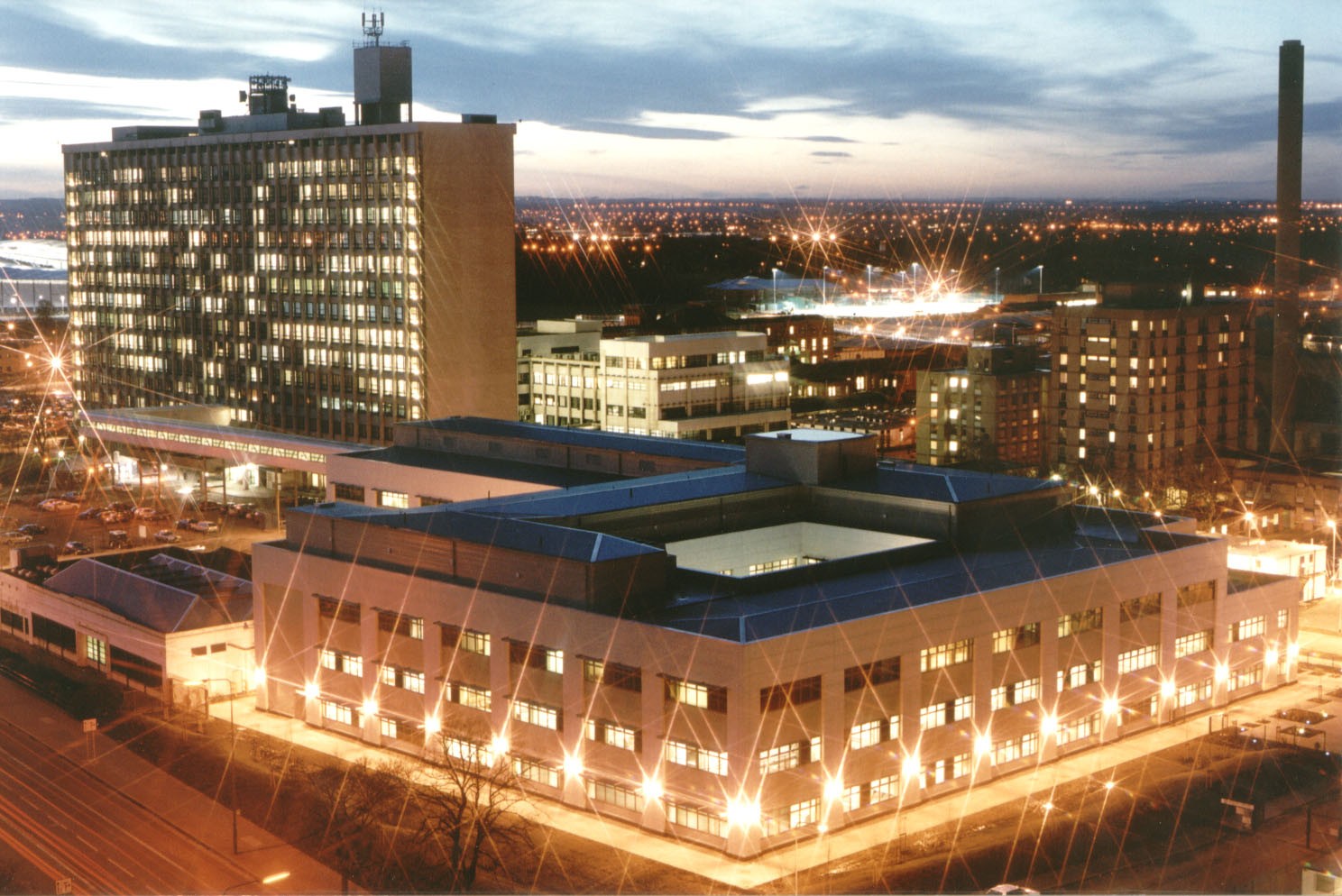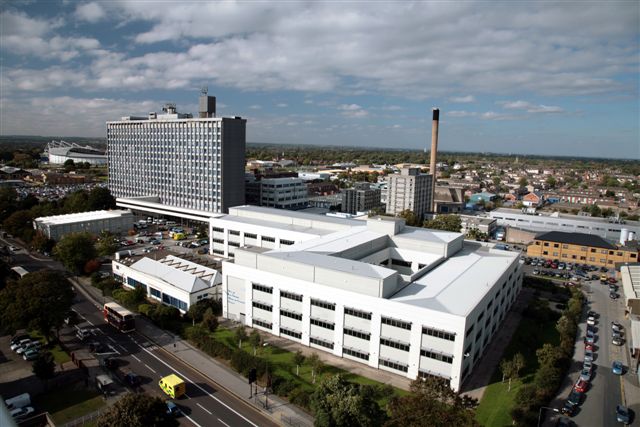Hull will mark another milestone in its 106-year history of providing maternity services this week.
Staff at Hull Women and Children’s Hospital will celebrate the 15th anniversary of the opening of the hospital providing maternity, gynaecology and children’s services for families.
Since the hospital opened in 2003, centralising maternity and women’s health in Hull and the East Riding, 80,202 babies have been born including one set of quads, 11 sets of triplets and 1,163 sets of twins.
The heaviest baby to be born at the hospital was a baby girl, weighing in at 16lbs 5oz, and 19,730 babies have been born by caesarean section since March 29, 2003.

Janet Cairns, Head of Midwifery at Hull University Teaching Hospitals NHS Trust, said: “Providing the very best maternity services, ensuring women from East Yorkshire have access to the best possible care, remains our priority.
“We’ve made huge progress in the past 15 years and we’re determined to build on our successes, learn when things don’t go to plan and ensure women and their needs remain at the heart of everything we do.
“We’re pleased at how far we’ve come but there’s more we can do to achieve our aspiration of becoming one of the best providers of maternity services in the country.”
To mark the anniversary, trust archivist Mike Pearson has created a display on the ground floor of Hull Women and Children’s Hospital charting the evolution of maternity and women’s health services in the city.

From the first maternity home in Holderness Road to the bombing of Hull Maternity Hospital at Hedon Road during the worst night of the Blitz on the city in May 1941, visitors will be able to view photographs and artefacts from the trust’s archive from Wednesday until the end of the Easter weekend.
Mr Pearson, who is part of the trust’s Estates Department and curates the archive in his spare time, said: “The history of maternity services in Hull and the East Riding shows how attitudes have changed throughout the decades.
“When the first maternity home opened, very few women gave birth in a hospital setting, with most delivering their babies at home with a midwife for support.
“There was a move towards hospital births in the 60s, 70s and 80s but we’re now seeing more women opting to give birth at home or in a midwifery-led service such as the Fatima Allam Birth Centre.
“The archive has many photographs, documents and artefacts which chart the history and I hope people will find it interesting.”

